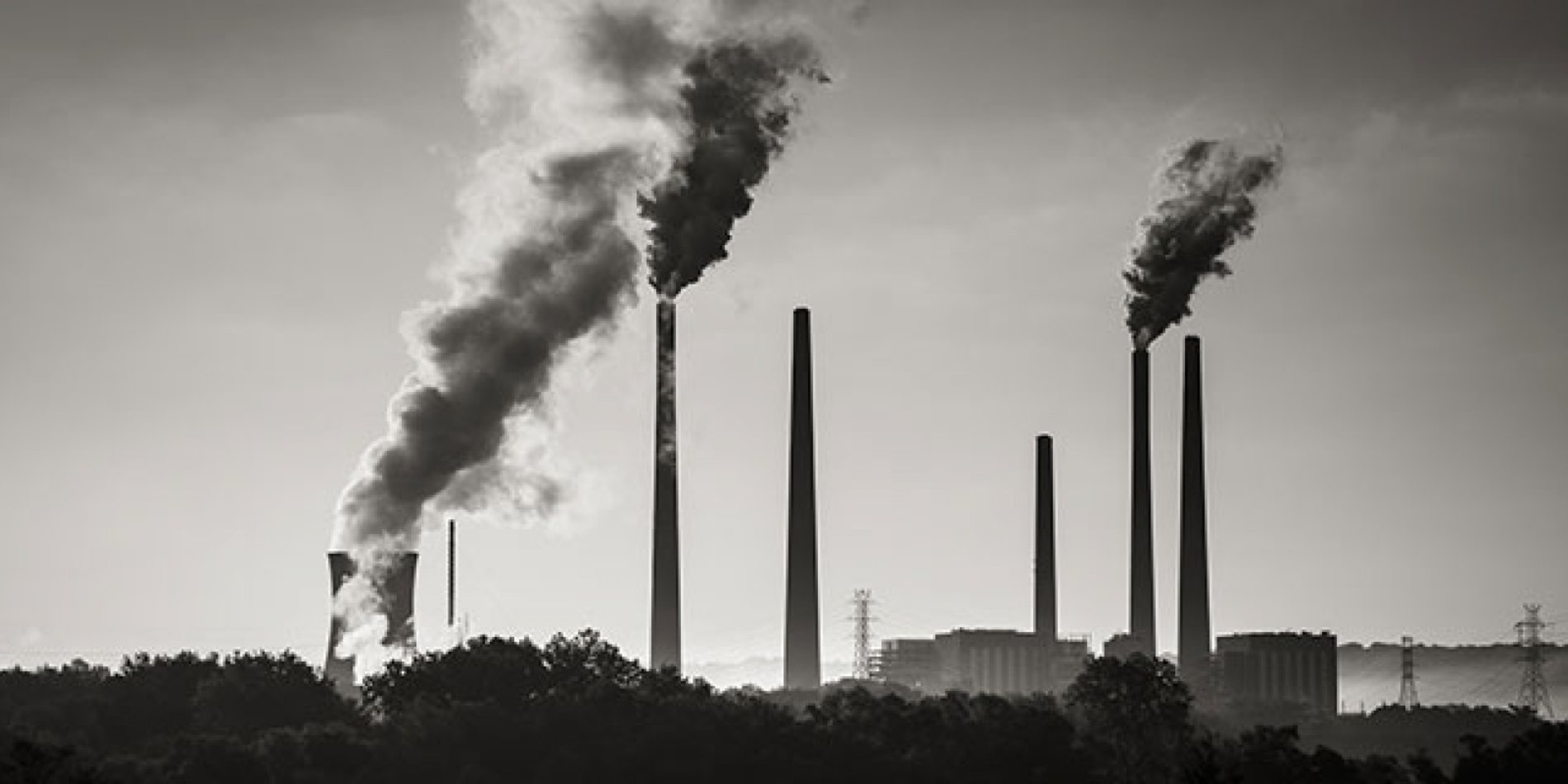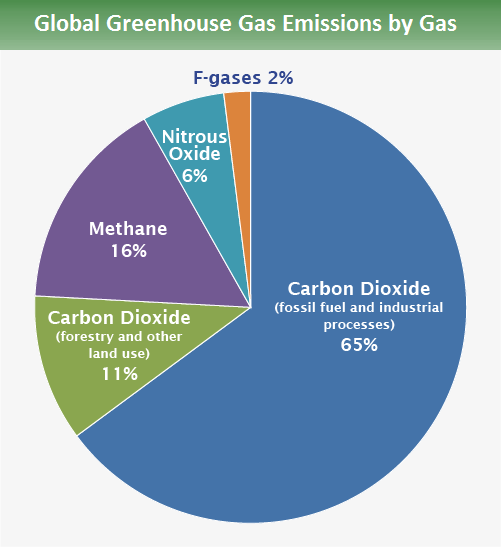Free Courses Sale ends Soon, Get It Now


Free Courses Sale ends Soon, Get It Now



Disclaimer: Copyright infringement is not intended.
Context:
Economic damages from climate change as per the study:
Main Causes of climate change:

Conclusion:
Source:
|
PRACTICE QUESTION Q) Discuss the economic implications of climate change and evaluate the effectiveness of current mitigation strategies. Suggest policy measures to address these challenges.(250 Words) |
© 2024 iasgyan. All right reserved